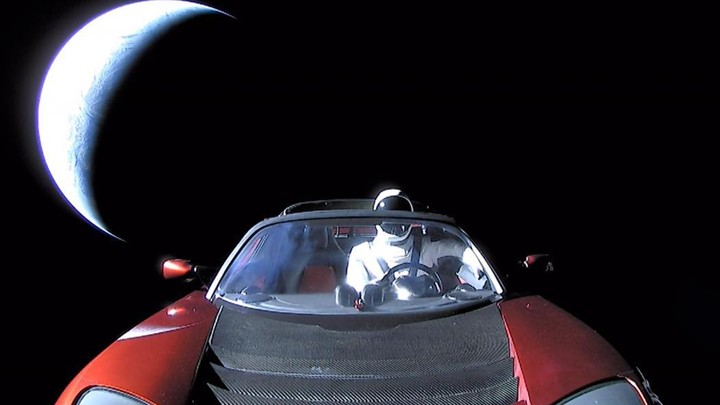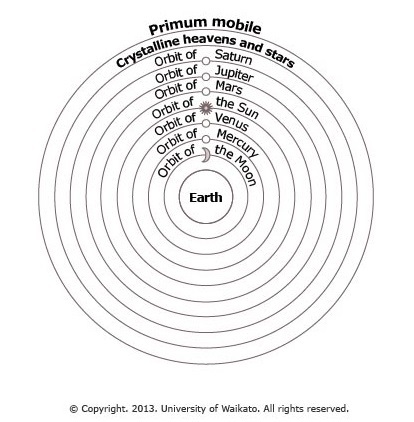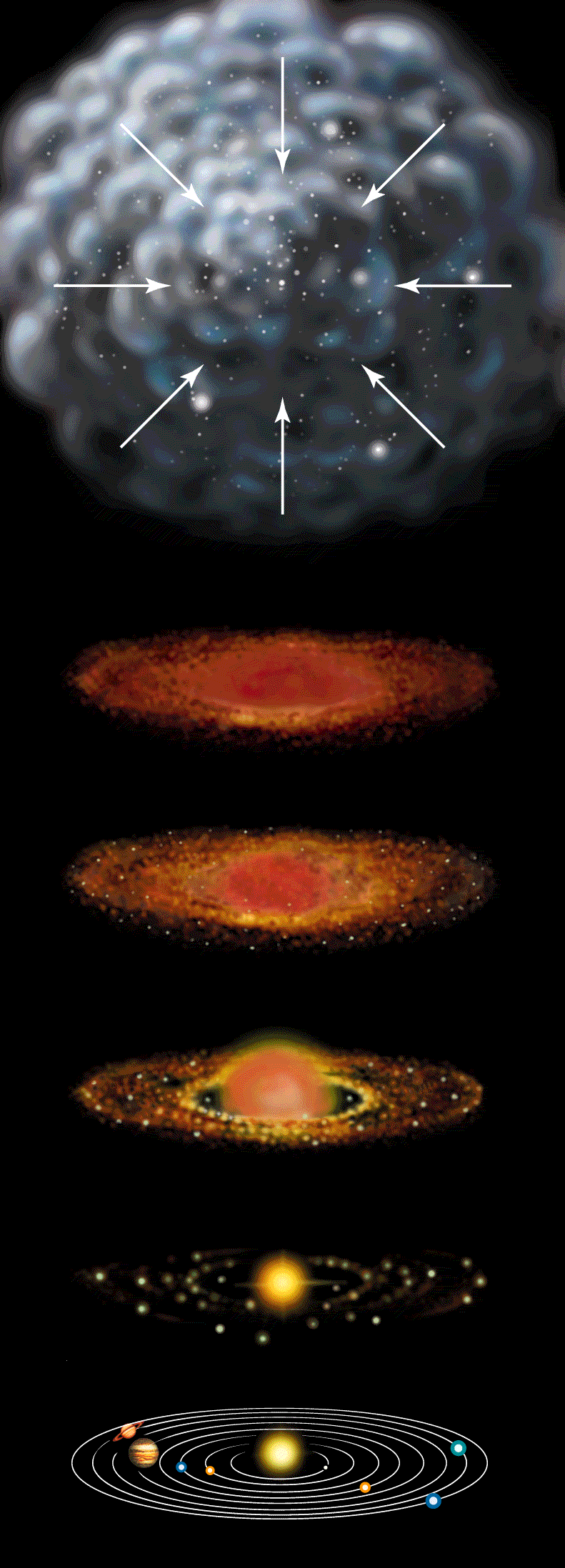Don't get trapped into thinking "nothing is good about your life". You can make things happen, you can create change in your life!
Search This Blog
Tuesday, November 26, 2019
Thanksgiving in Space
Don't get trapped into thinking "nothing is good about your life". You can make things happen, you can create change in your life!
Monday, November 25, 2019
Definition Of A Planet
Who decides if a body in the solar system is a planet or not a planet?
Blame it on the International Astronomical Union. They set up strict regulations for objects in our Solar System. They were organized in 1919 and made it their mission on this Earth to safe guard all astronomical research. In 2006 the organization finally decided to make a final decision about the definition of a planet, which is:
1. The object must orbit the Sun by itself.
2. The object must have enough mass to create enough gravity to make it a fairly round object.
3. It's neighborhood must be clear of debris. This means that a planet has to be large enough to dominate it's orbit around the Sun and keep it clear of other objects.
Pluto isn't large enough to clear its neighborhood of objects. Moons are not called planets either. Even big moons larger than Earth, if they still orbit another planet. Nope...not a planet. At first a bunch of people were SUPER mad that Pluto was downgraded to a dwarf planet.
Some time has passed, but now we understand that the International Astronomical Union had to make strict rules because we are seeing galaxies farther and farther away and scientists needed to know, for sure, if they were looking at a planet, a moon, or a dwarf planet. The categories may even change again as our observations get better and better.
Setting boundaries is really the best way....
Blame it on the International Astronomical Union. They set up strict regulations for objects in our Solar System. They were organized in 1919 and made it their mission on this Earth to safe guard all astronomical research. In 2006 the organization finally decided to make a final decision about the definition of a planet, which is:
1. The object must orbit the Sun by itself.
2. The object must have enough mass to create enough gravity to make it a fairly round object.
3. It's neighborhood must be clear of debris. This means that a planet has to be large enough to dominate it's orbit around the Sun and keep it clear of other objects.
Pluto isn't large enough to clear its neighborhood of objects. Moons are not called planets either. Even big moons larger than Earth, if they still orbit another planet. Nope...not a planet. At first a bunch of people were SUPER mad that Pluto was downgraded to a dwarf planet.
Some time has passed, but now we understand that the International Astronomical Union had to make strict rules because we are seeing galaxies farther and farther away and scientists needed to know, for sure, if they were looking at a planet, a moon, or a dwarf planet. The categories may even change again as our observations get better and better.
Setting boundaries is really the best way....
Friday, November 22, 2019
Blame the French for Metric Measures!
WARNING! THIS BLOG TALKS ABOUT MATH!
Why do we need to measure things with meters, centimeters and millimeters in the United States? We have inches, feet, miles and all that. Isn't that enough? Of course not!!
Alright, so the US hasn't converted yet, is that because we are stubborn? Maybe. Would Americans be considered "bi-measureable"? We can read two systems of measurement?
I guess the best thing to do is deal with it....
The easiest way to deal with it is learn "conversion factors". I know, this is math, but we have to do it.
It's not super hard if you are organized. Some of you do this in your head already, for example
1 minute = 60 seconds
1 hour = 60 minutes
1 kilometer = 1000 meters
Look at this handy-dandy conversion table:
We do conversions all the time and it is important for us because we are trying to understand something really huge like the solar system. If we can convert the real distances to something we can handle on a smaller scale we will be able to make closer observations at the relationships of everything in our solar system; planets, comets, asteroids, space junk, and the Tesla convertible.
The above gif is not a photo shop...Elan Musk really did it, look it up...
Ha! The next question is who watched that? Did it help you understand how to make a conversion?
Conversions help us in our homes, at our jobs, taking the correct amount of prescription medicines. Doing conversions is very important for our health and knowledge.
Thursday, November 21, 2019
Solar System Models
The first Solar System Model was drawn by an astronomer named Ptolemy, in 200 AD. His model looked like this:
Wait...there's something wrong with this? Did you catch it?
1200 years later, Copernicus fixed the model to look like this:
That looks right!
Some models are correct, and some models are not....about 60 years after Copernicus died Tycho Brahe drew this model of the Solar System:
Mr. Brahe's assistant, Mr. Kepler added his idea to the model:
He suggested the orbit of the planets around the sun was elliptical.
Galileo, using these updated models and a very primitive telescope was able to find moons going around Jupiter. Other scientists working with newer models have discovered many different moons, earth-like planets, and other celestial objects.
Our models today help us make new discoveries. Are these models always correct? Maybe...for our time. One hundred years from now, our Solar System model may look similar, but very different.
Wait...there's something wrong with this? Did you catch it?
1200 years later, Copernicus fixed the model to look like this:
That looks right!
Some models are correct, and some models are not....about 60 years after Copernicus died Tycho Brahe drew this model of the Solar System:
Mr. Brahe's assistant, Mr. Kepler added his idea to the model:
He suggested the orbit of the planets around the sun was elliptical.
Galileo, using these updated models and a very primitive telescope was able to find moons going around Jupiter. Other scientists working with newer models have discovered many different moons, earth-like planets, and other celestial objects.
Our models today help us make new discoveries. Are these models always correct? Maybe...for our time. One hundred years from now, our Solar System model may look similar, but very different.
Wednesday, November 20, 2019
Formation of the Solar System
The formation of our Solar System took time and occurred in an organized fashion. Our "proto-sun" was floating around a beautiful nebula full of gases and particles of matter. Suddenly there was a HUGE explosion that sent a shock wave across the nebula. Our "proto-sun" began to move and spin, the spinning caused particles and gases to move toward the "proto-sun". As more mass came closer, our "proto-sun" began to spin faster and faster, gobbling up more matter with every rotation! The closer the matter go, the hotter things became until our "proto-sun" sprang into life with a huge nuclear reaction, hydrogen fusing into helium. So began our Sun.
The surface of the Sun even looks like it is boiling because of the intense energy.
The hottest temperatures in the universe come from stars.
Oh snap! For sure!
Tuesday, November 19, 2019
Scale of our Solar System
We have been talking about gravity and where the largest mass is in our Solar System...this diagram gives you an idea where all the mass is! Our big, fat, flaming, Sun!
How do we know that this scale is accurate? If we are going to visit other planets how do we know how far away we are from a certain planet? Who figured this out??
Eratosthenes! He is a REALLY old dude. He lived in Greece, near Alexandria, in 300 BC. He heard that in Alexandria you could stick your head in a well and see a reflection of the Sun without burning your eyes out. He knew that he had to go when the Sun was directly overhead too, and in Alexandria the Sun doesn't go directly overhead, because he knew the Earth was tilted. Instead he took a stick to Alexandria and calculated the shadow of that stick. By doing this he could figure out what part in the circle of the Earth Alexandria was part of...
He measured the angle of the shadow, the height of the shadow, and the distance between Alexandria and Syene. It was easy to calculate the circumference of the Earth using this information. Eratosthenes calculated the circumference of the Earth was: 6,250 kilometers. The real measure of the Earth today is: 6,370 kilometers!
He was only in error by 2%!!
Another Greek astronomer, Hipparchus, was able to calculate the distance the Earth is to the Moon by observing a Solar Eclipse, using math and making some predictions.
He drew a model of where he stood in Alexandria compared to where the Solar Eclipse was in totality. Then he made a slim triangle did some math magic and his calculations showed the Moon was 67 Earth's from the Moon. Our modern calculations show the Moon is 60 Earth's from the Moon!
I'm feeling a bit "stupid" right now...I don't think I would have figured anything like that out using my calculator!!
The Solar System is made up of 8 planets, some asteroids, comets, a Tesla convertible, and other smaller objects. The ancient scientists in Greece already knew this because they stayed up in the dark and stared at the sky, every night, making observations, taking notes and drawing models of what they saw. Think how excited they would be to use one of our telescopes? Or the Hubble in space?
We are going to do some observations, modeling and math ourselves as we put together the pieces of our Solar System.
Well, I hope so! This is Science!!
Monday, November 18, 2019
Gravity VS Electromagnetism
All of us have experienced the consequences of gravity...we trip over our shoe lace and we need to get 10 stitches on our chin because we fell flat. Or we have fallen off our bikes, roller blades, skate boards or even our bed! Whatever height we are at, we know that if we fall, we fall hard!
I have some news for you...gravity is weak sauce compared to electromagnetism...
Ummm, gravity is actually the weakest force out of four forces known on Earth.... the strongest force on Earth is:
1. Strong nuclear force between atoms.
2. The electromagnetic force.
3. The weak nuclear force between atoms.
4. Finally gravitational force.
It has been explained that the weakest nuclear hydrogen electromagnetic forces that hold droplets of water together, could overpower all the gravity of Earth...
Yes!
I have some news for you...gravity is weak sauce compared to electromagnetism...
Ummm, gravity is actually the weakest force out of four forces known on Earth.... the strongest force on Earth is:
1. Strong nuclear force between atoms.
2. The electromagnetic force.
3. The weak nuclear force between atoms.
4. Finally gravitational force.
It has been explained that the weakest nuclear hydrogen electromagnetic forces that hold droplets of water together, could overpower all the gravity of Earth...
Yes!
The forces that hold molecules and atoms together is very strong compared to their masses. This idea has been mathematically proven.
Right!! Gravity is so weak at the molecular level that scientists don't even consider it in their calculations and there isn't even a difference in their results!
Absolutely true, cross my heart! But, if we are talking planets, solar system, universe size things...well, I guess we can say for certain that gravity is stronger than electromagnetism between planets.
Think about it though! When we look at itty-bitty tiny molecules, gravity is weak sauce!
If we were to shrink ourselves...
...to molecular size...gravity would be weak sauce! No bruised knees, stitches or broken bones!
I suppose there would be other dangers instead....
Subscribe to:
Posts (Atom)













:no_upscale()/cdn.vox-cdn.com/uploads/chorus_image/image/58726287/tesla.0.gif)































